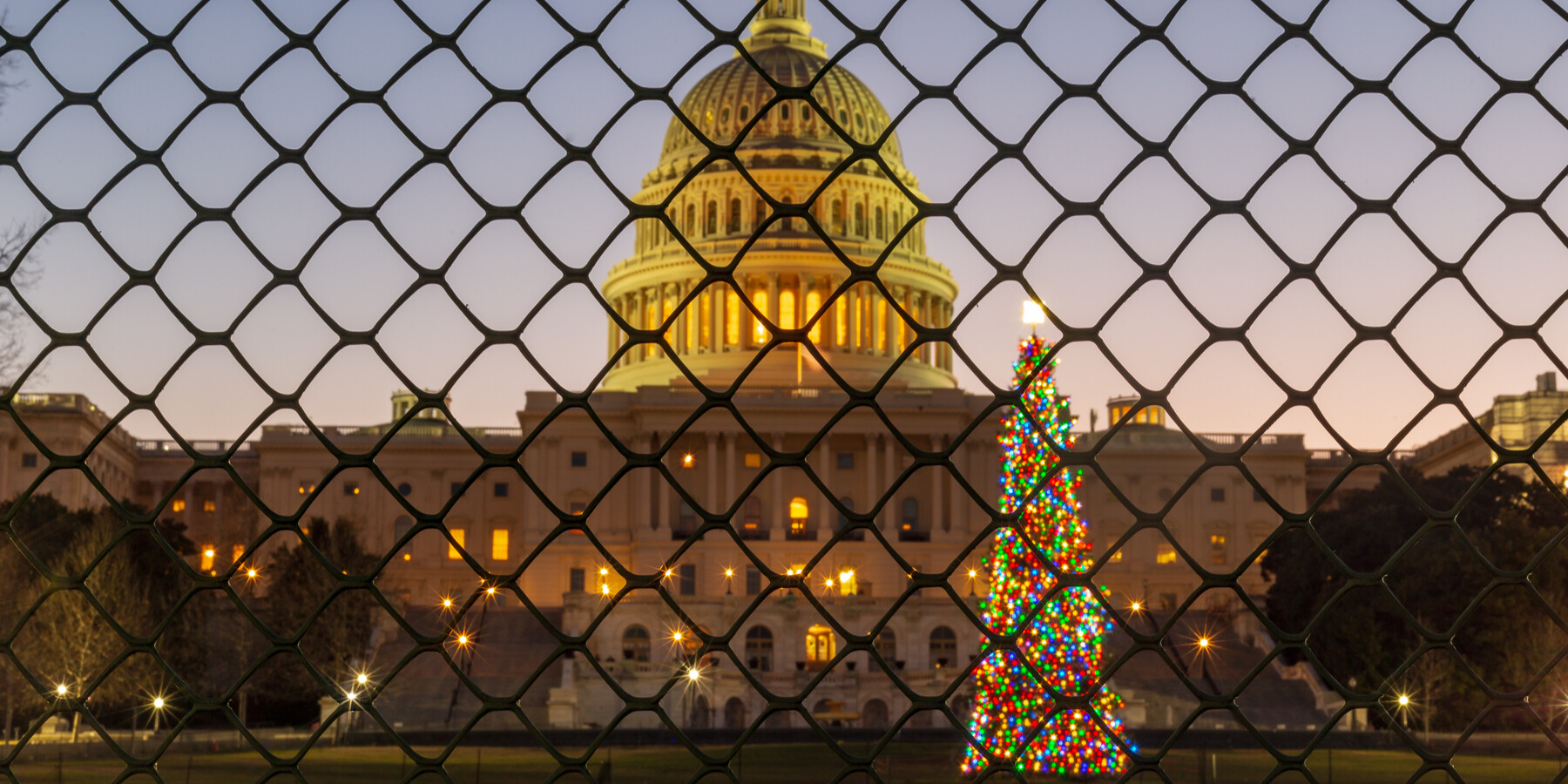By: David LeFevre, ERISA Attorney + Chief ERISA Geek, ERISAfire Benefits Compliance Solutions
This post examines the cafeteria plan implications of DOL’s black hole ERISA deadline extension. For other analyses, see this post on mid-year election change developments from the IRS, this post on a temporary relaxation of the grace period rules, this post on an increase in the maximum allowable carryover, this post on the repeal of the prescription requirement for over-the-counter items, and this post on HSA implications of recent telemedicine developments.
On its own volition, DOL created a black hole period that cannot be used in counting any days in certain deadline periods. Be aware that the guidance applies broadly to ERISA, COBRA and HIPAA special enrollment, but this analyst report focuses on the cafeteria-plan related aspects.
Current Rule
For cafeteria benefits subject to ERISA—which includes limited-purpose healthcare FSA, general-purpose healthcare FSA and pretax deductions for medical, dental, vision, life, disability, etc., but not dependent care FSA/DCAP—ERISA requires that claims and appeals be administered according to certain standards. Claimants must have a reasonable amount of time to submit initial claims. The claim reviewer must decide those claims within a certain amount of time. Claimants must be given a minimum amount of time to submit appeals if the initial claim is denied, and they must be given a certain amount of time to submit additional documents or evidence to support an appeal.
Consistent with ERISA, most healthcare FSAs have a 60-, 90- or 120-day claims run-out period following the end of the plan year within which to submit the claims they have incurred. (This is different than a grace period, which allows additional time to incur new claims.) Claimants are usually given 180 days after a claim is denied to submit a formal appeal.
New Rule
If a claims or appeals submission deadline falls on a date that is inside the DOL’s black hole period, then the deadline is automatically extended by disregarding any days in the black hole period. The black hole period is significant. It starts March 1, 2020, and lasts through the 60th day after the end of the COVID-19 national emergency declaration expires, or 60 days after such other date as DOL announces. As of the date of this analyst report, neither DOL nor the President nor any members of Congress have indicated the anticipated expiration date of the national emergency declaration, though under ERISA Section 518, the black hole period is limited to one year.
This has big implications for healthcare FSAs. If a calendar-year healthcare FSA has a claims run-out period—that is, a claims submission deadline—of March 30, 2020, then the entire period from March 1, 2020, through the black hole end date (which we’ll assume for argument’s sake is July 29, 2020) is disregarded. That doesn’t mean the deadline is now July 30, 2020. Remember, the entire month of March was disregarded, so the 30 days between March 1 and March 30, 2020, get added to the end of the black hole period, and the new claims submission deadline for 2019 claims is now August 28, 2020.
The same will be true of fiscal-year cafeteria plans with claim or appeal submission deadlines that fall during the black hole period. If a fiscal-year healthcare FSA with a plan year end of April 30, 2020, has a claims run-out period—that is, a claims submission deadline—of June 30, 2020, then the entire period from the first day after the plan year, May 1, 2020, through the black hole end date (assuming, again, that it is July 29, 2020) is disregarded, and the new claims submission deadline for 2019 claims is now October 27, 2020.
Plan Amendment Requirements
A plan amendment will be required, and unfortunately, there is no choice in the matter. The extension of deadlines happens by operation of law, and ERISA requires that the plan documents contain claims and appeals deadlines, or at least a mechanism for determining what they are.
Considerations
First, take a deep breath. It’s bad, but it may not be as bad as you think. (The implications for medical benefits and COBRA are way worse, if it’s any consolation.) It may seem like this black hole period makes it impossible to determine carryover amounts for plans with carryover features, and to some extent that is true, but there will be a limited practical effect.
Take, for example, a calendar-year healthcare FSA with a carryover feature. Say someone elected $2,500 in 2019 and submitted $2,000 in claims. $500 gets rolled over. In June of 2020 the participant files a $50 claim that was incurred in 2019. It gets paid, and the third-party administrator pays the claim from the $500 carryover funds. Carryover balance is $450; rest of 2020 election remains.
The math is the same if the carryover is retroactively adjusted because of DOL’s black hole period. Say someone elected $2,500 in 2019 and submitted $2,000 in claims. $500 gets rolled over. In June the participant files a $50 claim from 2019. The carryover is adjusted to $450; rest of 2020 election remains. For participants who did not forfeit any balances from the 2019 plan year, it’s a wash.
The real impact of the DOL’s black hole period will be on participants who forfeited healthcare FSA funds from 2019. In our calendar-year carryover example, say someone elected $2,500 in 2019 and submitted $1,500 in claims. $500 gets forfeited; $500 gets rolled over and is added to the participant’s $2,500 2020 election. In June of 2020 the participant files a $50 claim from 2019. It gets paid, and the third-party administrator pays it out of the $500 carryover. The carryover balance is $450. The participant then submits $3,000 in 2020 claims. The third-party administrator denies the last $50, but under the DOL black hole guidance, that should not have been the result. Instead, the $50 claim from 2019 should have been paid out of the $500 in forfeitures and not the carryover amount.
The same will be true of cafeteria plans with grace period features and cafeteria plans with neither grace period nor carryover features. Forfeitures will have to be held in suspense until the end of the black hole period is determined and any black hole days are tacked on to the end. Then, employers have a few options.
Hopefully the employer’s third-party administrator will have a mechanism for paying 2019 claims of participants who forfeited healthcare FSA funds. Ideally, the third-party administrator would manually or automatically catch claims filed with prior-year dates of service or purchase and cross-check them with the list of folks with forfeitures.
Alternatively, if that’s not an option, the third-party administrator could provide the employer a list of claims it denied because of dates of service or purchase from the prior plan year so that the employer can make the reimbursement (to the extent of the person’s forfeitures) either by an after-tax payroll expense reimbursement or by check.
Concluding Thoughts
There are a great many possibilities presented by these regulatory and legislative changes. Employers are urged to proceed carefully. With respect to changes that are not mandatory, be principled in whether and how to implement any of these changes, and make sure the changes are well-documented. If there is not a good case to be made for a particular change, it may be best to wait before making it.
About ERISAfire
ERISAfire LLC is an employee benefits compliance services firm, specializing in health and welfare benefits. ERISAfire has reimagined benefits compliance to help agencies and employers manage compliance risks and make the process easier. By leveraging custom-built technology to automate transactional tasks and provide a hyper-customized compliance calendar, its ERISA geeks can focus on complex analysis and experienced ERISA attorneys can scrutinize even the most mundane compliance tasks. Learn more at www.erisafire.com.






